Last spring, I completed my exploration of the Conway River. I started my assessment several years ago when I was able to access the river from the lower boundary prior to that approach being closed for public access. Now the only way to get there is to run across the mountain, come down the hill and rejoin the river just upstream of where Devils Ditch meets the main flow. As described in other posts, once you skinny across the river, you can jump on the well marked, wide trail and walk as far downstream as you want. But I wasn’t here today to repeat that trip. Instead, I wanted to check out the upper headwaters.
With that, I drove on the rough road – and you do need a four-wheel drive vehicle once you get into the upper sections – as far up as I could go. After bumping along and watching the map, you eventually drive across the intermittent stream bed that marks the defined headwaters of the Conway. I couldn’t believe that it started from something this small and I double checked the map on my GPS to make sure that thin blue line matched the empty streambed I was staring at. Nothing fishable there, I retreated back down the road a half to three quarters of a mile to pull off where there was visible water and began fishing upstream.
Given the proximity of the Conway to the Rapidan, it is logical to make a comparison between the two. The Rapidan has more water and more rocks creating a more dramatic stream structure. The Conway, on the other hand, is tighter and packed with more vegetation. While it maintains the typical rocky bottom that you would expect in the Blue Ridge, the river is narrower and shallower. In fact, I found myself spending more time walking than fishing. The runs between the infrequent pools are far too shallow to hold any decent fish. However, the pools, when found, are deep and hold a vibrant community of trout. One caution if you are fishing the upper Conway is that the river drops away from the road quickly. The road climbs the high ridgeline; putting a significant vertical distance between it and the water. Therefore, as you fish upstream, you need to be aware of where you are and how far you are from the road. By paying close attention to the map, I fished up river until it was reasonably close the road so I could climb up only a short distance on the very steep hill. There was more water upstream from where I quit, but it was starting to get fairly skinny so I gave up at the point noted on the map.
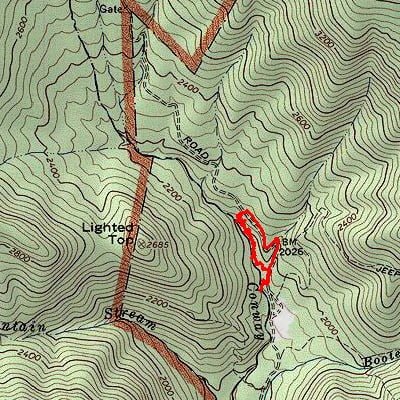
Conway River Trout Fishing Bottom Line: The Conway remains a viable alternative to the Rapidan if the Rapidan is too crowded for your taste.
Getting There: From US 29, take VA 230 (Wolftown Hood Road) west towards the mountains. Make a slight right on VA 613. Stay on VA 613 (Kinderhook Road). Turn right on VA 667 (Middle River Rd). Turn left on Conway River Road.
Secrets Revealed? No. This is a very public location that is documented in the following places:
Virginia VDGIF
Flyfisher’s Guide to Virginia
Virginia Trout Streams
Virginia Blue-Ribbon Streams
Fly Fishing Virginia
Tell a friend about this article by clicking on this link
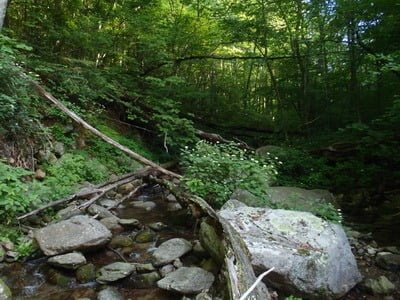
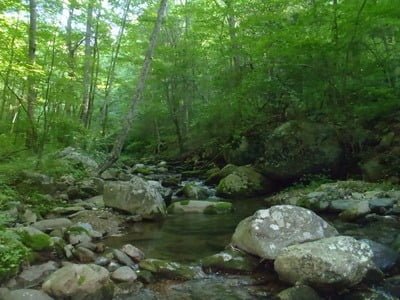
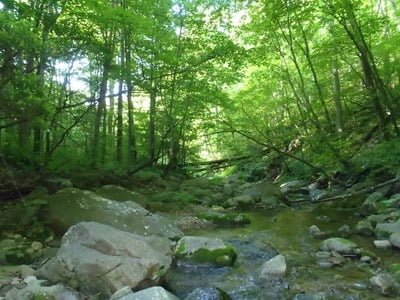
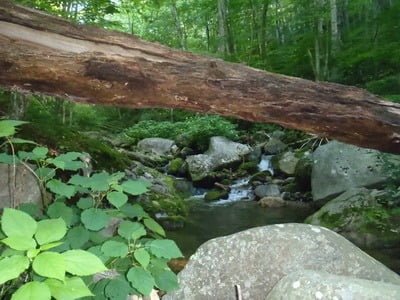
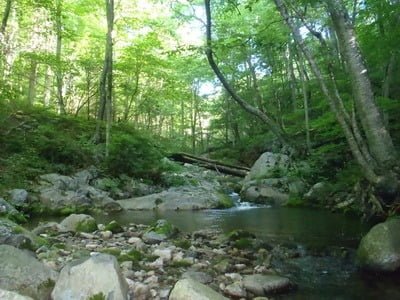

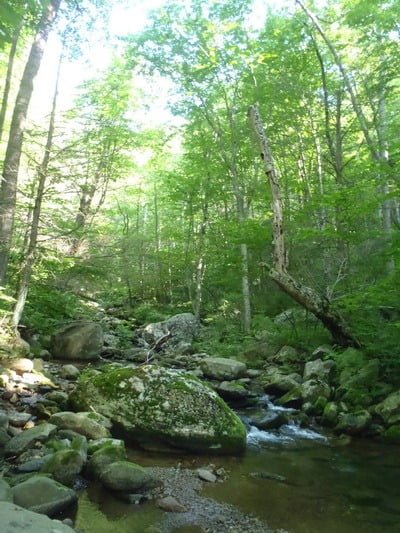
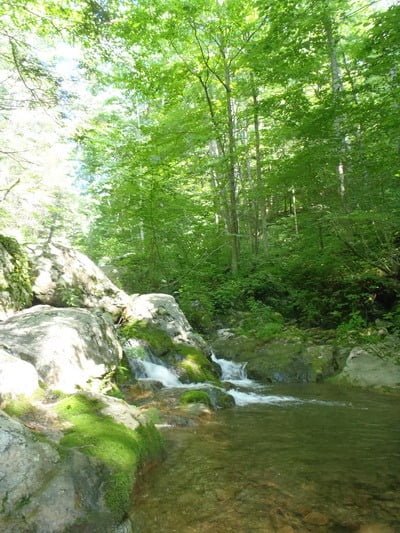
Unless stated otherwise, this article was authored by Steve Moore


